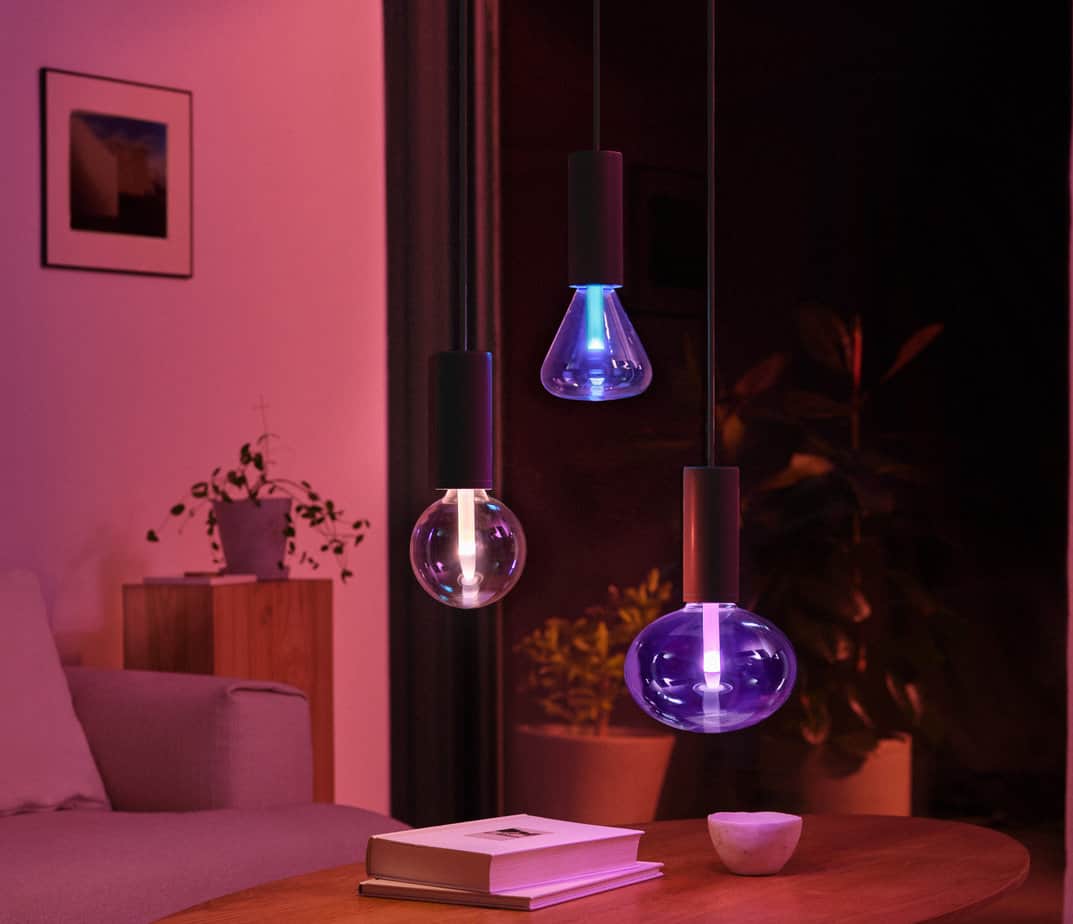Last Updated on
If you’re thinking about investing in some smart bulbs, you may be wondering if smart lights are cheaper to run.
Well, it depends on if you’re comparing them to standard filament bulbs or LED bulbs. Smart lights are far cheaper than filament bulbs, which are a lot cheaper to buy in the first place but are a great deal less energy efficient. So smart lights will save you money and energy. A bonus for you and the planet!
However – when compared to normal LED lightbulbs, smart lights aren’t quite as cheap. This is because they use a tiny bit of energy to connect them to the internet, even when the ‘light’ is turned off. This means you can control them remotely, via your mobile phone or voice assistant. But it also means they cost a tiny bit to keep them on all the time. This is only a few pence or cents per lightbulb per month, though. So you’d still be saving loads compared to filament bulbs.
Plus, the bonus features of smart lighting mean that this tiny bit of extra money is worth it. Smart lighting is a great introduction to the smart home system.
Are smart bulbs less expensive to run?
Smart bulbs are relatively cheap to run considering how they can be endlessly customised and programmed. However, they aren’t as cheap as regular LED bulbs. A more basic version of smart lights, regular LED bulbs are a little pricier than standard filament bulbs, but will save you lots in the long term as they require replacing less often.
However, smart lights are cheaper to run compared to standard filament bulbs. Also, the initial cost isn’t as always as hefty as you might think. Check out this Wiz bulb, currently on sale for only $9.99 from Best Buy.
PC Guide Expert Opinion
Smart lights are cheaper to run in the long term, compared to standard filament bulbs.
However, they are pricier than regular LED bulbs, which save the same amount of energy in the long term. Plus, they require a little extra cash per month to keep them connected to the internet, which enables their ‘smart’ features.
However, we would consider this a fair trade off!



